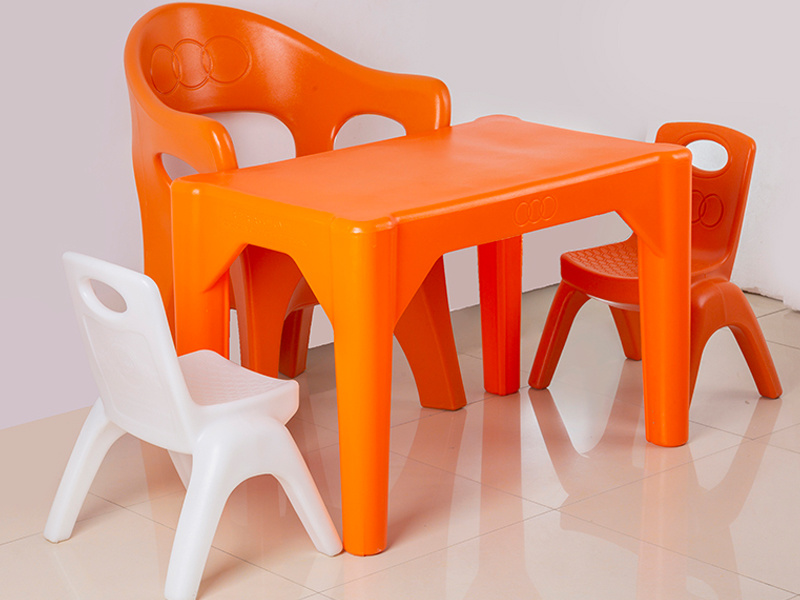Common polishing methods for rotational molding molds
Release time:
2021-07-20
To achieve high-quality polishing and grinding results, the most important thing is to have high-quality tools and aids specifically for polishing and grinding, such as sharpening stones, grinding sandpaper, and bare diamond polishing paste.
To achieve high-quality polishing and grinding results, it is essential to have high-quality tools and aids such as grinding stones, sanding paper, and bare diamond polishing paste. The selection of the polishing process depends on the surface condition after initial processing. The polishing process for rotational molding molds includes the following points:
1. Fluid polishing of rotational molding molds. Fluid polishing relies on high-speed flowing liquids and the abrasive particles they carry to scrub the surface of the workpiece to achieve polishing. Common methods used by rotational molding manufacturers include abrasive jet processing, liquid jet processing, and fluid dynamic grinding. Fluid dynamic grinding for Zhejiang rotational molding military boxes is driven by hydraulic power, causing the liquid medium carrying abrasive particles to flow back and forth at high speed over the surface of the workpiece. The medium is mainly composed of a special compound (polymeric material) that flows well under lower pressure, mixed with abrasives such as silicon carbide powder.
2. Chemical polishing of rotational molding molds. Chemical polishing allows the protruding parts of the material's surface in a chemical medium to dissolve preferentially compared to the recessed parts, resulting in a smooth surface. The main advantage of this method is that it does not require complex equipment, can polish complex-shaped workpieces, and can polish multiple workpieces simultaneously, making it highly efficient. The core issue of chemical polishing is the preparation of the polishing solution. The surface roughness obtained from chemical polishing is generally a few micrometers.
3. Mechanical polishing of rotational molding molds. Mechanical polishing is a method that removes the protruding parts after polishing through cutting and plastic deformation of the material's surface to achieve a smooth surface. It generally uses oilstone strips, wool wheels, sandpaper, etc., mainly operated manually. For special parts such as the surface of a rotating body, auxiliary tools like turntables can be used. For surfaces with high quality requirements, ultra-precision grinding can be selected. Ultra-precision grinding uses specially made abrasives, which are pressed tightly against the surface of the workpiece being processed in a grinding liquid containing abrasives, performing high-speed rotational motion.
4. Ultrasonic polishing of rotational molding molds. The workpiece is placed in an abrasive suspension and simultaneously subjected to an ultrasonic field. The oscillation effect of the ultrasound causes the abrasives to grind and polish the surface of the workpiece. Ultrasonic processing has a small microscopic force, which will not cause deformation of the workpiece, but the tooling production and installation are relatively difficult. Ultrasonic processing can be combined with chemical or electrochemical methods. Based on solution corrosion and electrolysis, ultrasonic oscillation is applied to mix the solution, allowing the dissolved products on the surface of the workpiece to detach, and the corrosion or electrolyte near the surface to be uniform; the cavitation effect of ultrasound in the liquid can also inhibit the corrosion process, facilitating surface brightening.















